Enjoy your ride with the world’s first zip-on bicycle tire system!
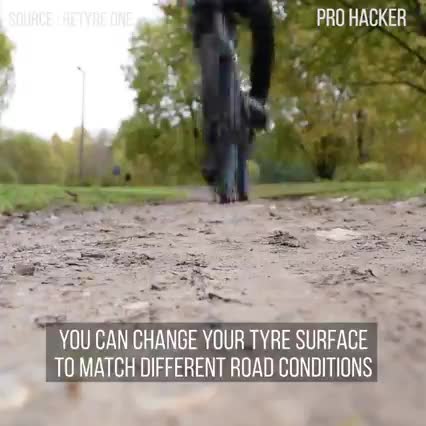

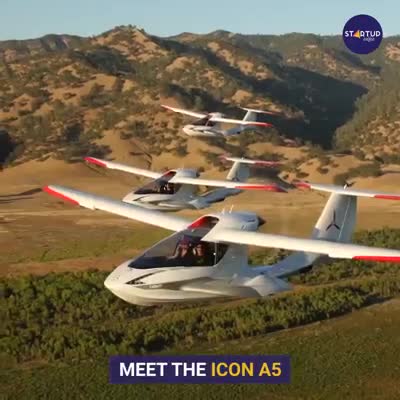
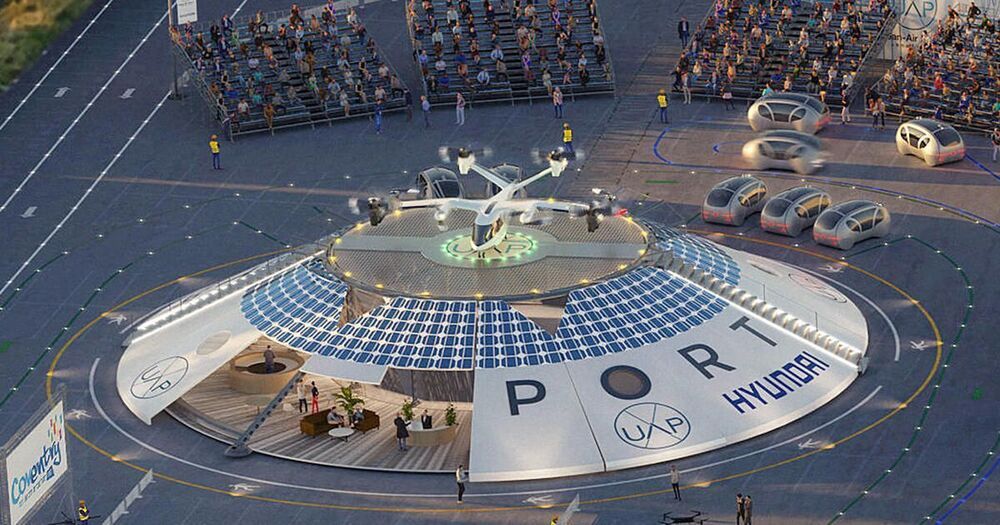
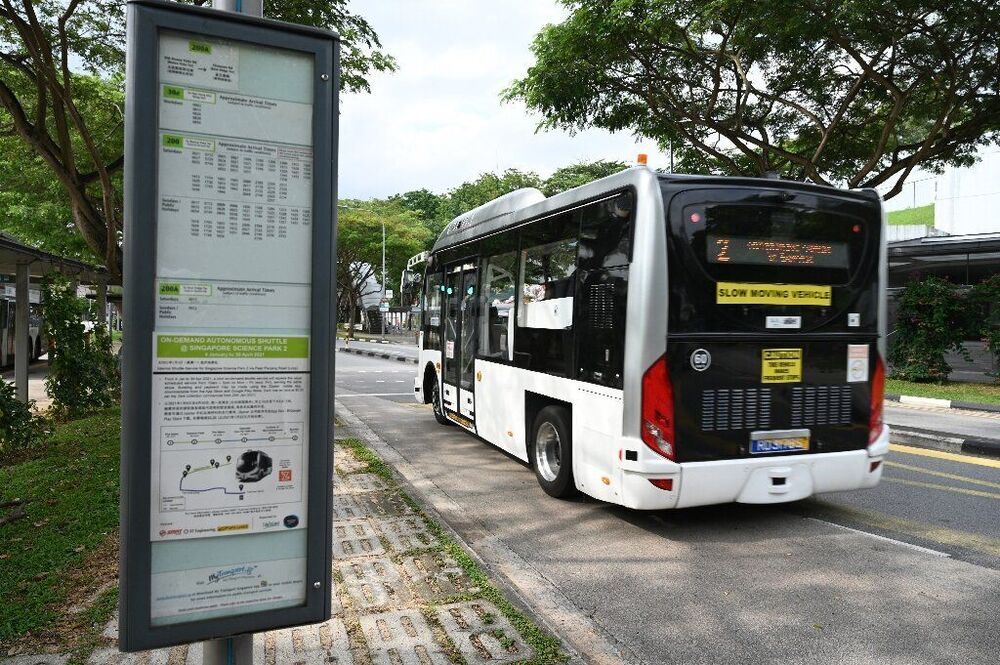

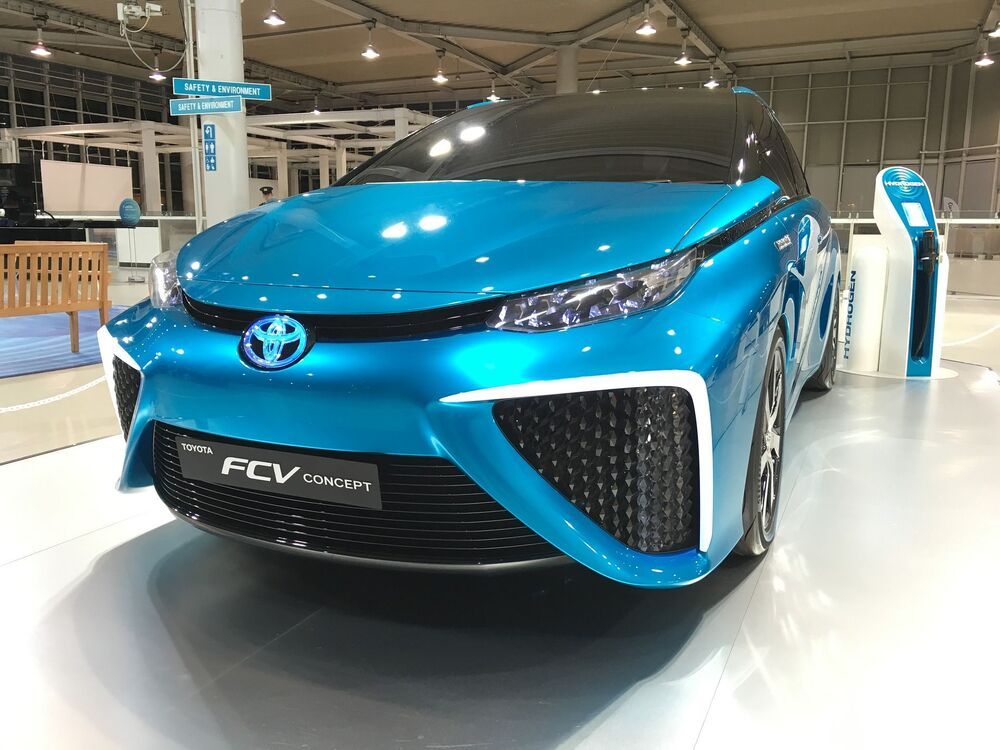
People are continually interested in creative ways to get rid of waste. The world has too much of it, so how could technology solve that problem by addressing another need? Hydrogen fuel cell vehicles are an emerging possibility.
The processes used by many forward-thinking companies center on converting waste into hydrogen energy. Here’s a look at what the future may hold.
Waste-to-Energy Projects Are Happening
A constant vacuum, rapid switching, Virgin-style capsules. Will it work?
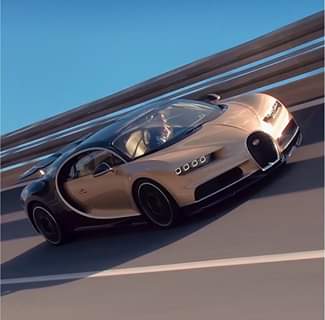
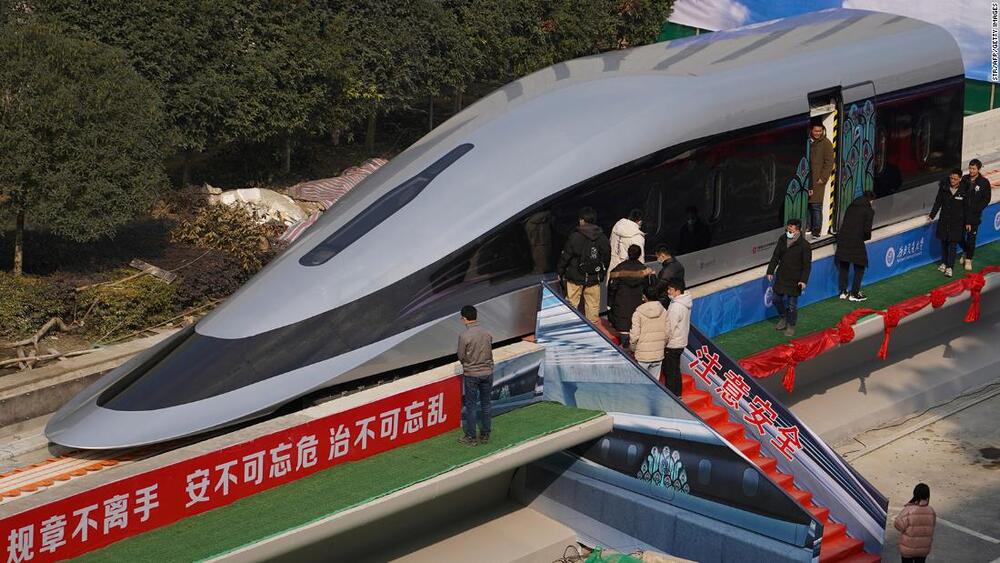
China has revealed a prototype for a new high-speed Maglev train that is capable of reaching speeds of 620 kilometers (385 miles) per hour.
The train runs on high-temperature superconducting (HTS) power that makes it look as if the train is floating along the magnetized tracks.
The sleek 21-meter-long (69 feet) prototype was unveiled to media in the city of Chengdu, Sichuan Province, on January 13. In addition, university researchers constructed 165 meters (541 feet) of track to demonstrate how the train would look and feel in transit, according to state-run Xinhua News.
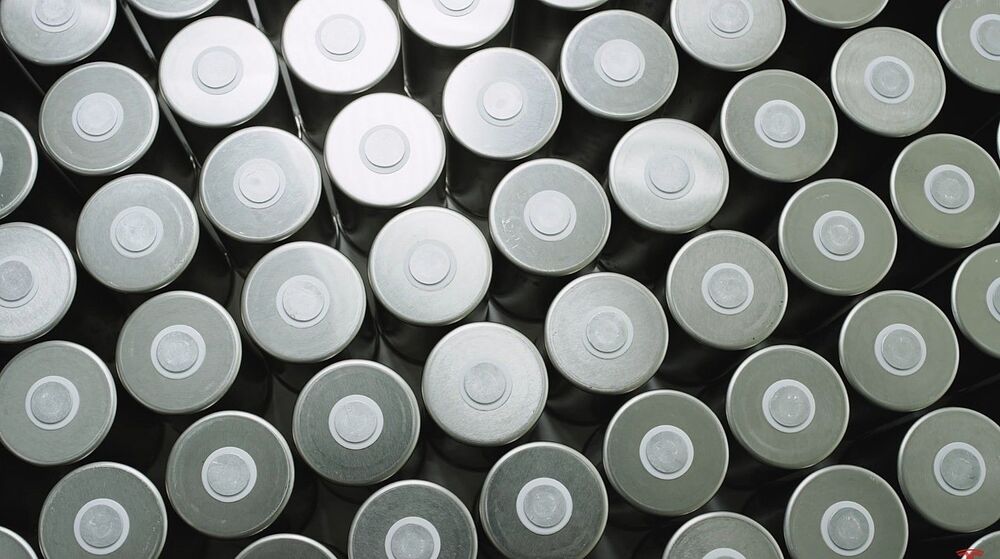
Tesla recently shared some footage of its next-generation 4680 battery cells being produced. The video, which seems to be taken from the electric car maker’s pilot Roadrunner line, suggests that Tesla’s 4680 battery manufacturing system may very well be Elon Musk’s elusive “Alien Dreadnought” concept coming to life.
During the lead up to the Model 3’s initial ramp, Elon Musk envisioned a vehicle production system that was so automated, it would look extraterrestrial in nature. Dubbed as the “Alien Dreadnought,” this concept ultimately fell short of its targets, and Tesla eventually adopted a production system for the Model 3 that combined both human and automated machines. Since then, Tesla has taken steps towards increasing the automation of its vehicle production system, as evidenced by parts like the Model Y’s rigid wiring, which are optimized for installation by robots.
Tesla’s video of its 4680 battery production line suggests that the company’s level of automation has reached levels that have never been seen before. As noted by TSLA bull @truth_tesla on Twitter, the footage shared by Tesla in its recruitment video showed a battery production line that is incredibly automated. This could be seen immediately in Tesla’s main battery production line, which, unlike traditional battery manufacturing facilities, is largely absent of human workers.